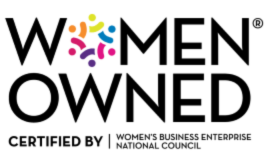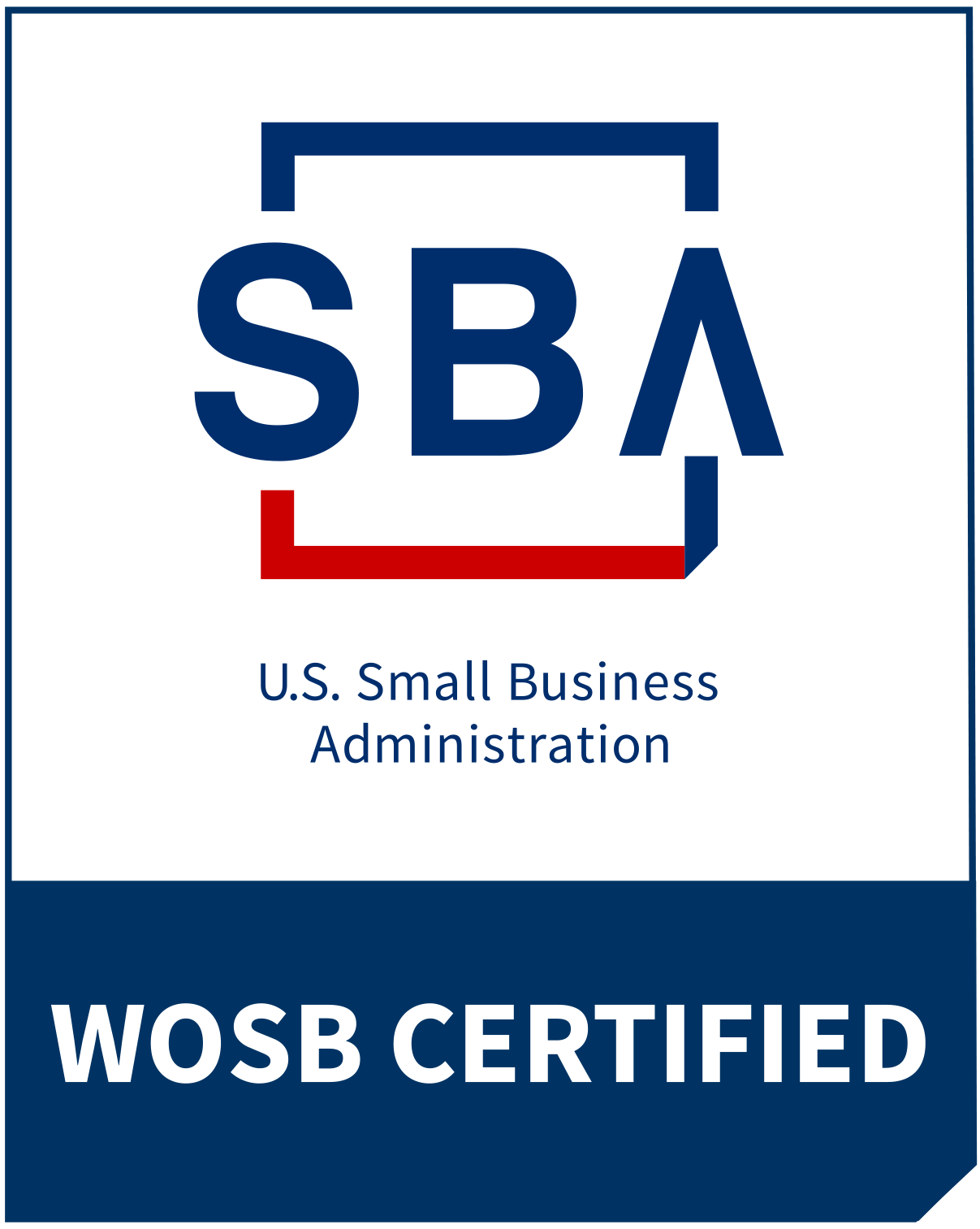Growing Pains or Growing Broke?
Growing Pains or Growing Broke?
You built your software studio to create exceptional solutions, lead an amazing team, and make an impact. Not to wake up at 3 AM wondering how you'll make payroll.
Yet here you are—bringing in seven figures, and profit still plays hide and seek. Your JIRA board is overflowing, your Slack channels never sleep, and your team's stretched. You're covering payroll, but not paying yourself reliably. Growth happened... but stability didn't.
Welcome to growing broke—the hidden crisis thriving behind high-revenue, low-profit tech companies.
The Hidden Trap of High Revenue, Low Profit
In the tech world, we're trained to chase growth at all costs. Did you know most people miss this? 82% of small business failures are caused by cash flow problems—not low revenue.
Your software studio doesn't fail from lack of clients—it fails from trying to serve too many, too fast, without robust systems.
You can out-sell yourself into a crisis. You can optimize every sprint and still bleed cash. Revenue doesn't equal resilience. You can't code your way out of broken operations.
This is the real problem scaling CEOs face—and no one talks about it.
You're Not Crazy. But You Might Be Growing Broke.
If any of this sounds familiar, it's not just you:
Your revenue's climbing, but your profits keep shrinking
Your dev team is burning out, and your project managers are drowningYou're debugging operational fires instead of building your product roadmapYou wrestle with scope creep, team retention, and quality control—all at onceLooking at your numbers gives you a stomachache
These aren't growing pains. They're warning signs.
You don't need another agile framework. You need a better business system.
When Success Becomes a Trap
Picture this: A successful software development studio finally lands its dream client—a Fortune 500 company with a $1.2M enterprise project. Excitement spikes. Revenue jumps. But within 30 days, the cracks show.
The scope expands weekly. Your senior developers are working weekends. Client payments are net-60, but your talent needs paying now. Technical debt piles up as your team rushes to meet deadlines. The founder realizes they've scaled—and slid into a cash crunch.
That's growing broke: when growth magnifies inefficiencies faster than your systems can catch up.
Your Startup Mindset Is Now Your Biggest Risk
Your agile, bootstrap mentality built this company. You pushed code on weekends, handled DevOps yourself, jumped on every client call. That hustle earned you seven figures. But now it's holding you back.
When you're small, you can track everything in Notion and manage through Slack. But at seven figures? Your brilliant team needs more than chat threads and weekly standups.
Ad-hoc processes that worked for five developers become bottlenecks for twenty-five. What felt like flexibility now creates security risks and quality issues.
Why Winging It Stops Working
Growth doesn't fix broken operations—it exposes every crack in your foundation.
More enterprise clients = higher stakes.
More team members = exponential complexity.
More revenue = more ways to damage the reputation you've spent years building.
Without systems, your success becomes your biggest threat.
Here are some common patterns seen in seven-figure software studios:
Delivery quality becomes inconsistent—because you're racing to meet deadlines without proper QA protocols
Your best developers start leaving—because they're drowning in maintenance instead of building something meaningfulYou lose strategic control—because you're stuck playing technical lead instead of CEO
The Growth Trap Checklist
Impressive monthly recurring revenue, but razor-thin margins
Emergency hot fixes are becoming the normArchitecture decisions live in your head, not your docsProjects consistently running over budget
Financial forecasts based on hope, not data
If you're nodding along, you're not alone—and you're not stuck.
Building Your Foundation for Scale
To scale sustainably, you need more than standups and status reports. You need to think like the architect you are—but for your business.
Systems thinking means seeing your business as an ecosystem—where people, processes, and profit work in harmony, not chaos.
The Three Pillars of Sustainable Scale
1. Financial ArchitectureWeekly Numbers Review: Block 60 minutes every Monday. Track three numbers: cash position, upcoming payables, and projected revenue.Profit Protection: Set up separate accounts for taxes, profit, and operations. Move money weekly, not monthly.
Pricing Matrix: Build rates based on true delivery cost plus profit margin—not market averages.
- averages.
Client Journey Mapping: Document every touchpoint from lead to completion. Find the friction points.Decision Trees: Create simple if/then workflows for common scenarios. Your team shouldn't need you for every decision.
Resource Planning: Track capacity vs. demand weekly. Stop over-promising and under-delivering.
Role Clarity Cards: Give every position clear decision rights and success metrics.Communication Protocols: Set specific channels for different types of issues (Slack for urgent, email for FYI, meetings for strategic).Growth Paths: Show team members how they can expand their impact—and income.
When these pillars work together, something magical happens: Your business starts running like a well-oiled machine, not a daily fire drill.
You Can Grow Without Breaking Everything (Including Yourself)
If you're coding more than leading, firefighting more than strategizing, it's not a technical problem—it's a systems problem.
This is where your engineering mindset becomes your superpower.
You can:
Take home a predictable CEO salaryBuild a self-managing dev team
Lead strategically instead of living in Slack
But first—you have to stop growing broke.
|
Engineer Your Next Level
If you're ready to move from technical founder to true CEO, it's time for a systems upgrade. Check out our Resources page.
Related Posts

The Secret to Scaling Without Growing Broke





